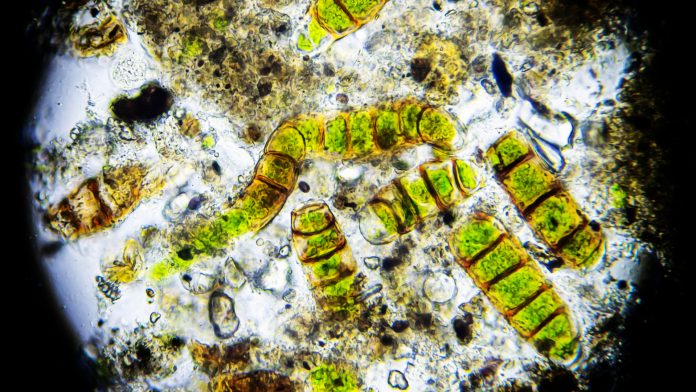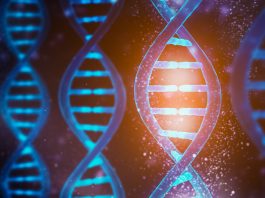Researchers from the Qingdao Institute of BioEnergy and Bioprocess Technology (QIBEBT) of the Chinese Academy of Sciences (CAS) have created a genome scalpel to rapidly edit oil-producing microalgae genomes.
The team stripped hundred-kilobase genome from a type of oil-producing microalgae, knocking out genes non-essential for it to function. By doing so, they have created a “genome scalpel” to increase the efficiency of biofuel produce algae.
As reported in The Plant Journal, the ‘minimal genome’ microalgae produced is potentially useful as a model organism for further study of the molecular and biological function of every gene, or as a ‘chassis’ strain for synthetic biologists to augment for customised production of biomolecules such as biofuels or bioplastics.
Such minimal genomes have been created for simple organisms, but rarely for eukaryotic organisms, including algae or plants. In higher eukaryotes, “junk” regions can take up to 70% of the genome. Deleting what only appears to be “junk genes” in fact can have harmful effects on the organism or even kill it.
For the first time, researchers from QIBEBT have produced a genome with targeted deletions, of hundred kilobases in size each, for a type of algae called Nannochloropsis oceanica.
N. oceanica are microalgae that have tremendous potential for the production of biofuels, biomaterials and other platform chemicals in a renewable and sustainable manner while reducing greenhouse gas emissions. However, realising the potential of these microalgae requires extensive genetic engineering of the organism to maximise yields and minimise production costs.
The QIBEBT team first identified the non-essential chromosomal regions, those containing genes that were rarely expressed, or activated. They identified ten such low-expression regions (LERs). They then used CRISPR-Cas9 gene-editing technique to remove two of the largest LERs – over 200 kilobases in size.
Study first-author WANG Qintao, of the Single-Cell Center (SCC) in the QIBEBT, said: “Despite all the snipping, the microalgae still showed essentially normal growth, lipid content, fatty acid saturation levels and photosynthesis. In some cases, there was even a slightly higher growth rate and biomass productivity than the organism in the wild.”
Corresponding author XU Jian, of the SCC in QIBEBT, added: “We interestingly found normal telomeres in the telomere-deletion mutants of Chromosome 30. This phenomenon implies the losing of distal part of chromosome may induce telomere regeneration.”









